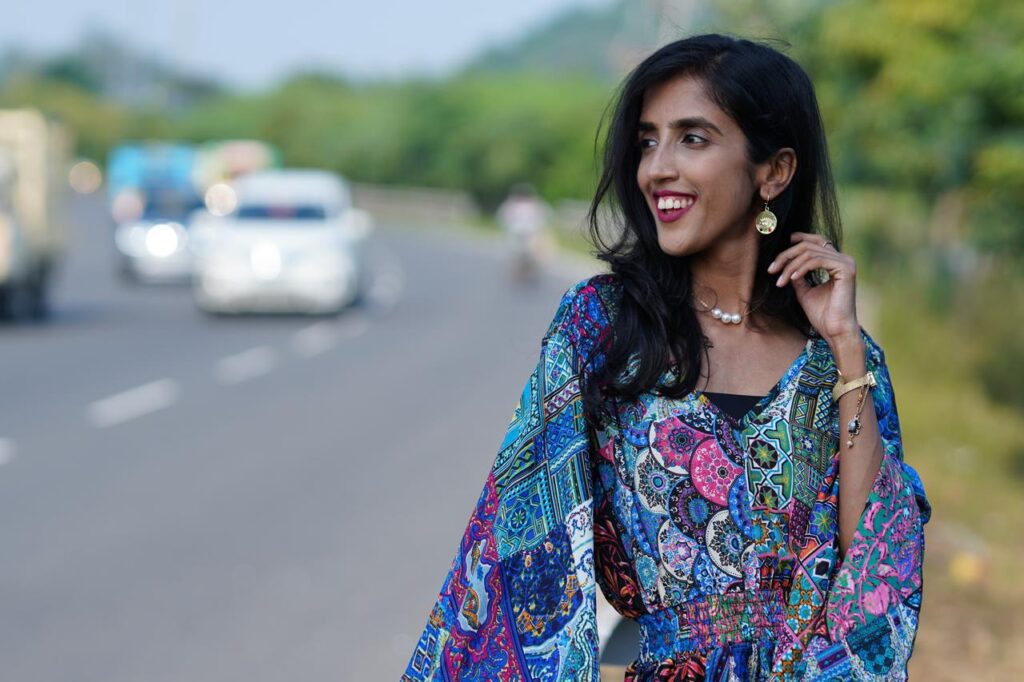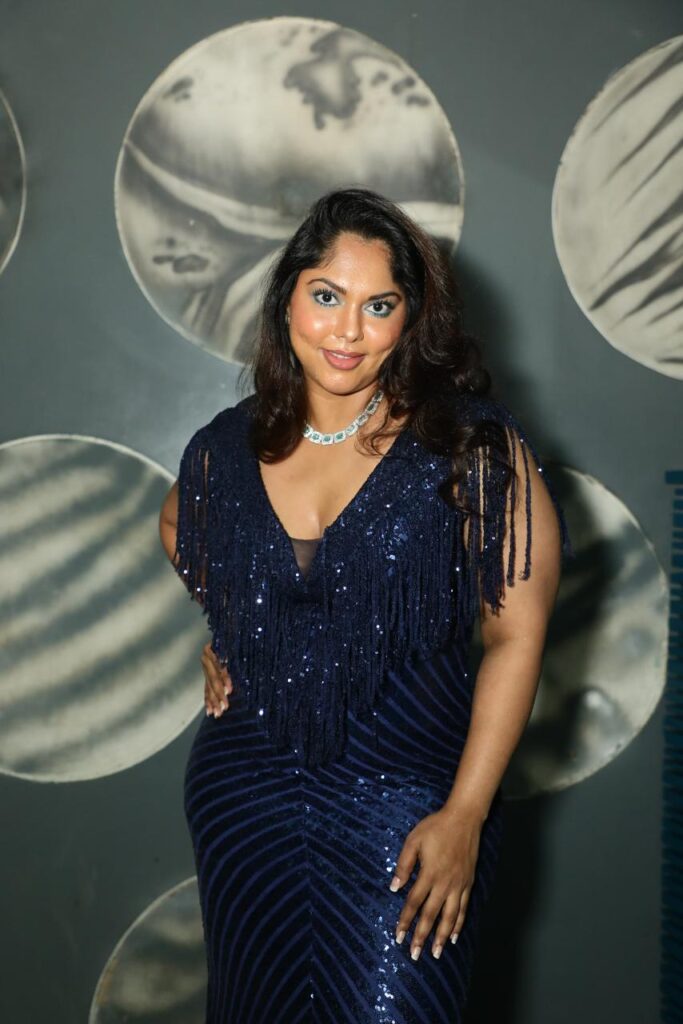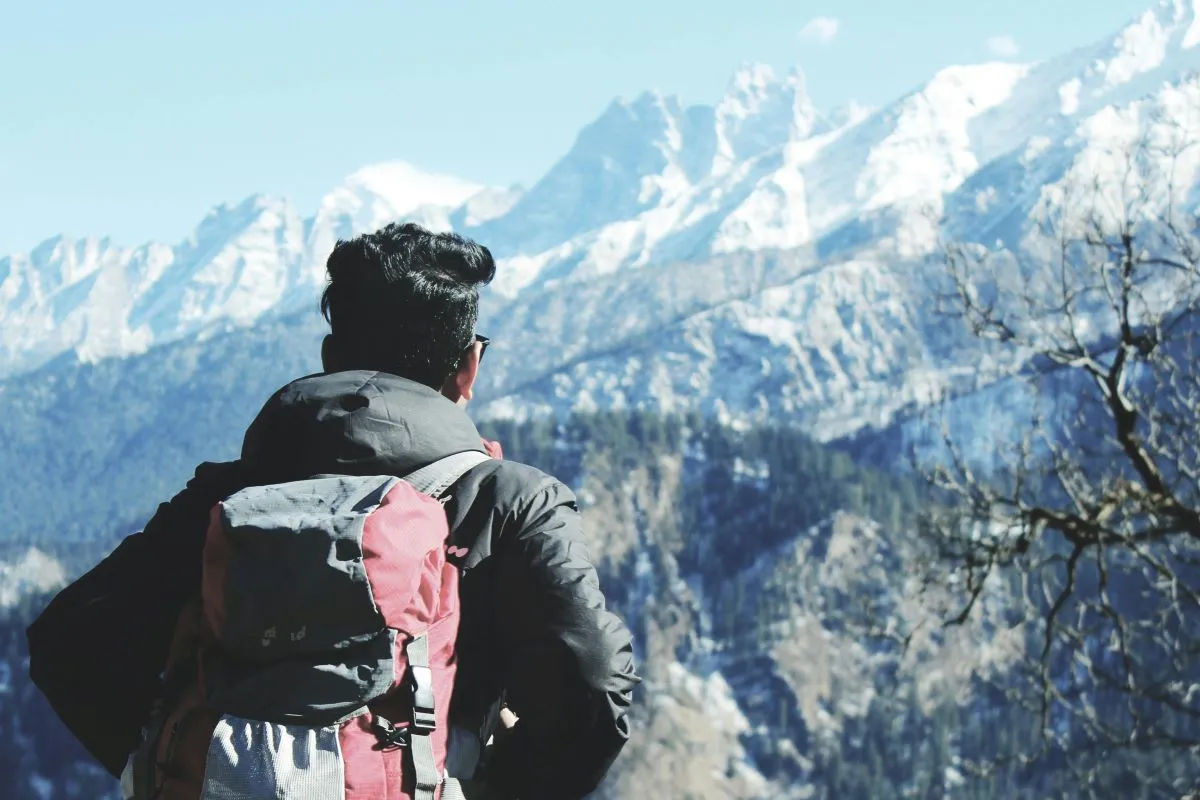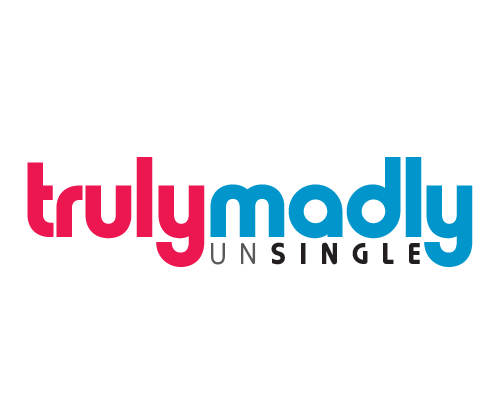Now Reading: K-Beauty’s Rural Boom: Korean Skincare Products Now Trending in Small Town Salons
-
01
K-Beauty’s Rural Boom: Korean Skincare Products Now Trending in Small Town Salons
K-Beauty’s Rural Boom: Korean Skincare Products Now Trending in Small Town Salons
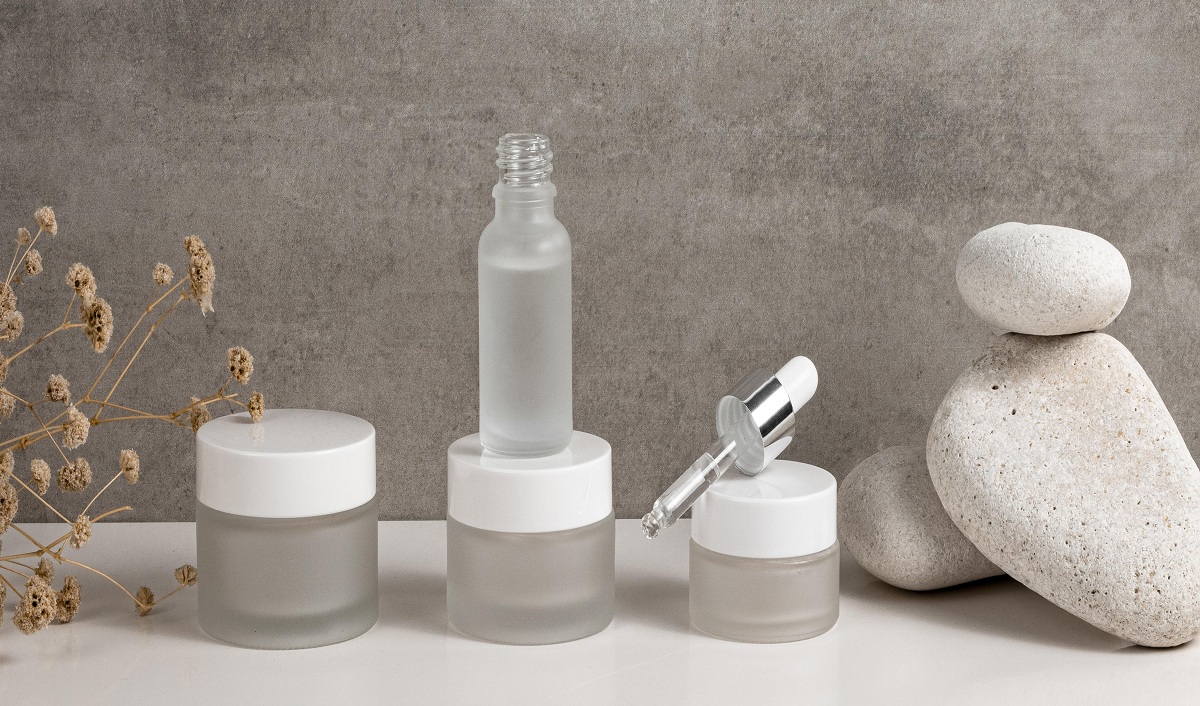
What started as a niche skincare trend among metro-based influencers has now taken root in India’s small towns. Korean beauty, or K-Beauty, is no longer just a buzzword in big cities—it’s now a growing part of daily skincare routines in Tier-2 and Tier-3 towns. From sheet masks to snail mucin serums, local salons and small retailers are witnessing a sharp rise in demand for Korean products.
Rise of K-Beauty in Non-Metro Markets
Over the past year, salons in towns like Nashik, Bareilly, Guntur, and Siliguri have reported increasing client interest in K-Beauty facials and products. Many parlours now offer special Korean skincare sessions, riding on the popularity of Korean routines that emphasize gentle care, hydration, and glow.
This trend signals a shift in consumer awareness—customers are becoming more informed about ingredients, skincare steps, and routines beyond basic cleansing or fairness creams.
Influence of Social Media and OTT Content
The growth of K-Drama and K-Pop fandoms among young audiences in small cities has played a significant role in popularising Korean aesthetics. Platforms like Instagram, YouTube, and even short-form video apps in regional languages are filled with content showcasing 10-step skincare routines and Korean beauty hacks.
Influencers from Tier-2 towns are now promoting affordable K-Beauty options, creating localised content that resonates with regional audiences.
Affordable Options and Easy Availability
Earlier, K-Beauty was perceived as expensive and hard to access. However, brands have now entered Indian e-commerce platforms and are being stocked by local beauty supply stores. Products like aloe vera gels, rice water toners, and centella-based creams are priced competitively, making them accessible to middle-income consumers.
Some Indian startups are even launching K-Beauty-inspired ranges with localized packaging and pricing, targeting salons and small retailers in Tier-2 and Tier-3 towns.
Changing Face of Local Salons
Beauty parlours in small towns are evolving from offering basic facials to more advanced skincare services. Korean skincare treatments, particularly those promising “glass skin” or deep hydration, are gaining popularity among women and young men alike.
Many local beauticians are attending workshops and training sessions—both online and offline—to learn Korean techniques and product usage. This has helped bridge the urban-rural gap in access to global beauty trends.
Caution Around Authenticity
As demand rises, so does the risk of counterfeit or poorly formulated products entering the market. Dermatologists and skincare professionals urge users to read ingredient lists carefully and avoid blindly following trends.
While Korean skincare is known for its gentle formulations, experts recommend patch testing and consulting local professionals, especially for sensitive or acne-prone skin.
Conclusion
The K-Beauty wave has quietly but powerfully swept into India’s smaller towns, transforming local beauty standards and business models. With increasing access, affordability, and awareness, Korean skincare is no longer confined to metros—it’s become part of everyday beauty conversations in rural and Tier-2 India. As local salons adapt and young consumers embrace global trends, the beauty landscape of small-town India is seeing a subtle, glowing transformation.








